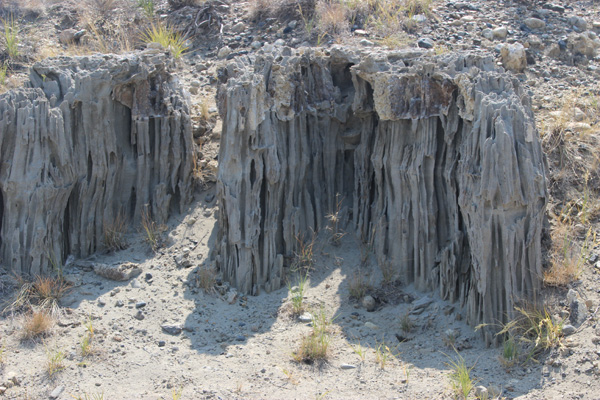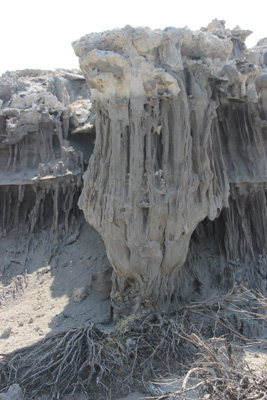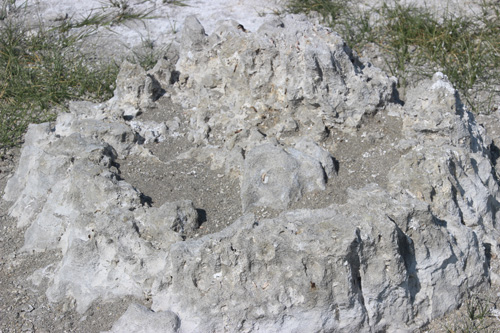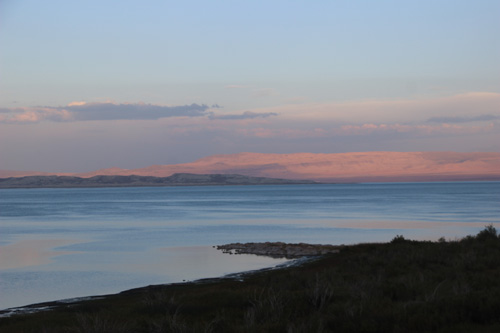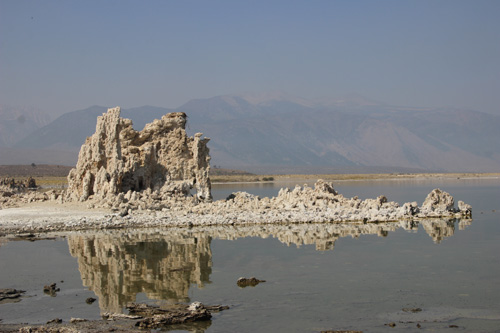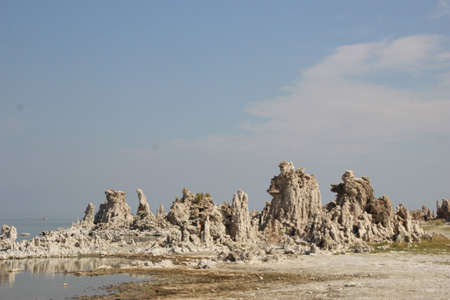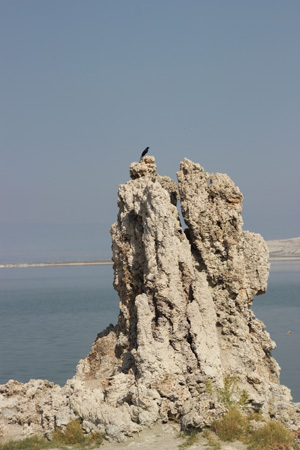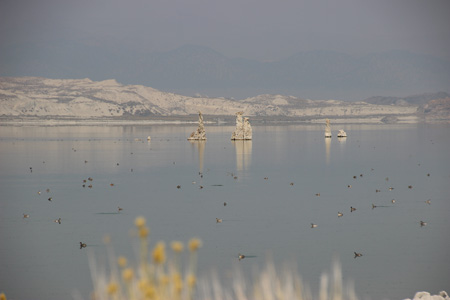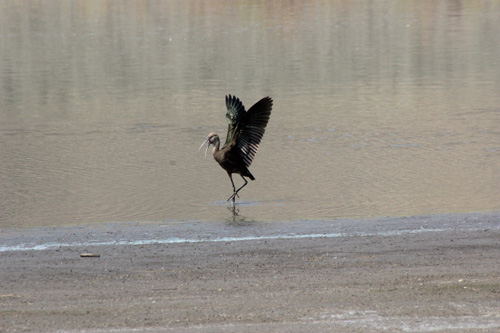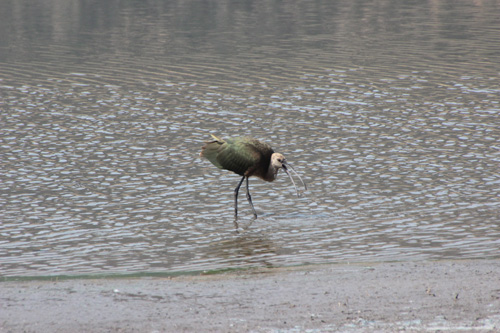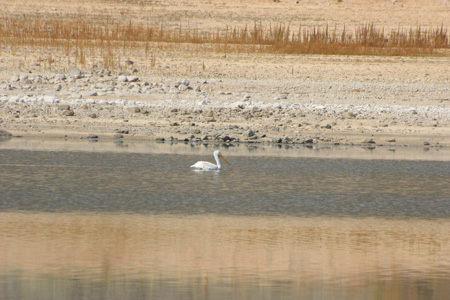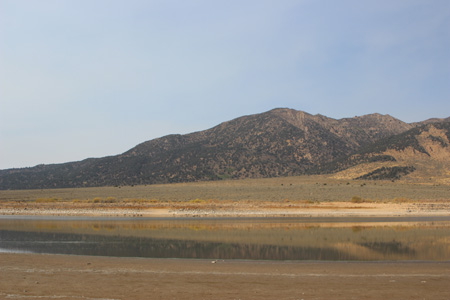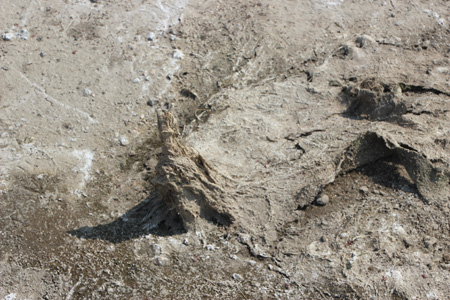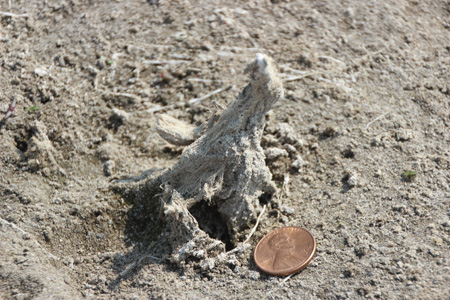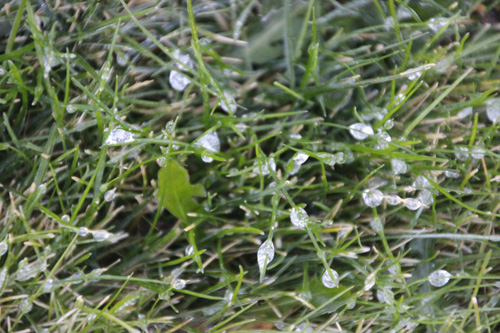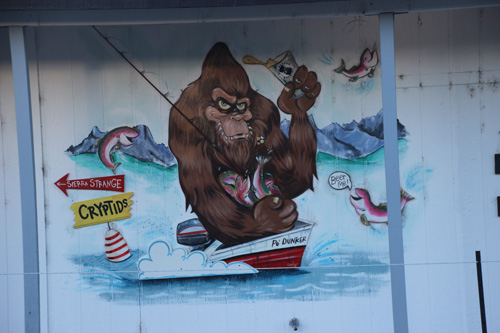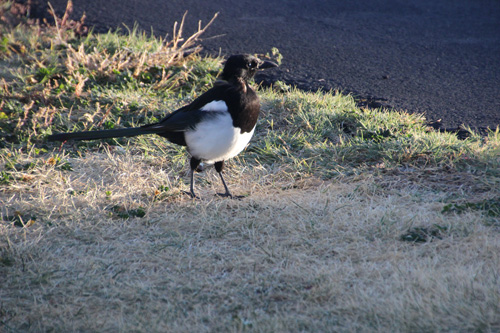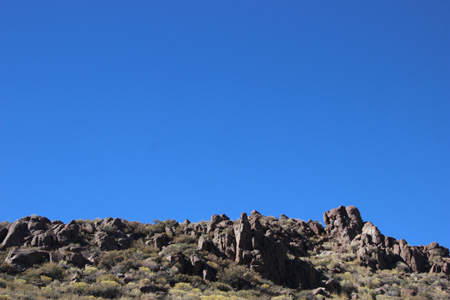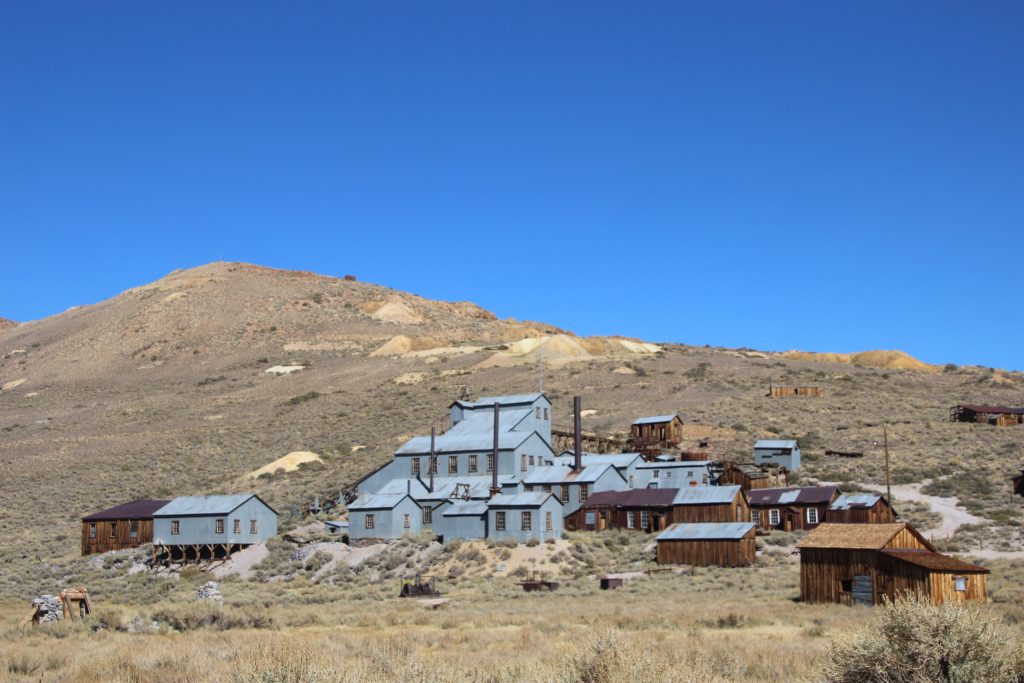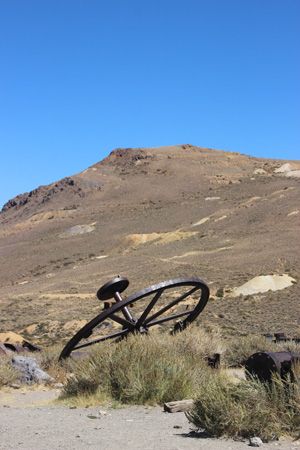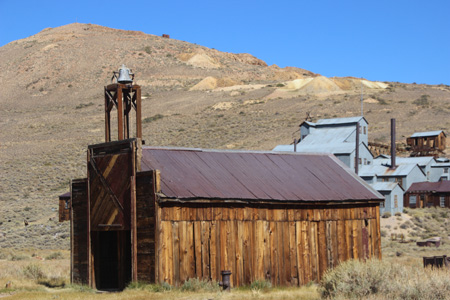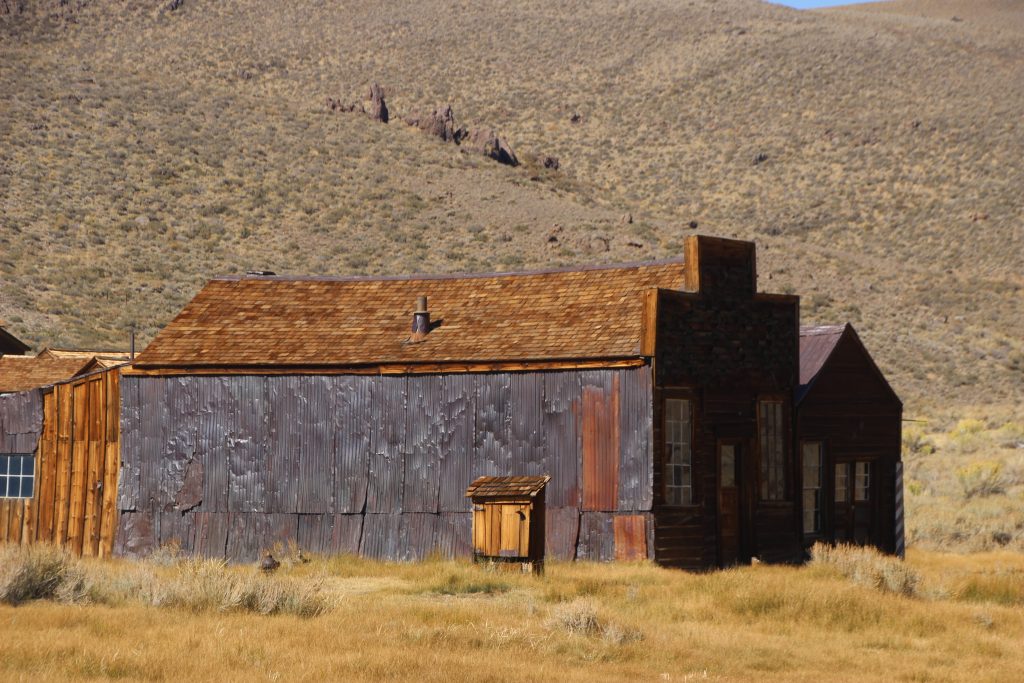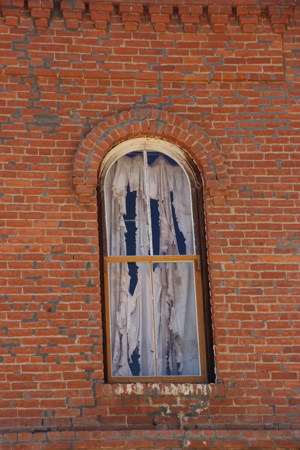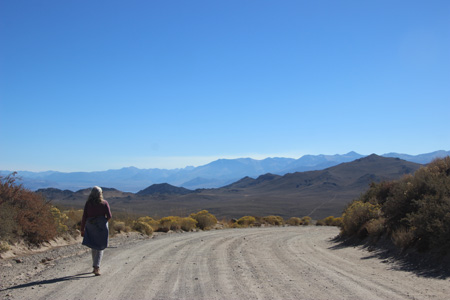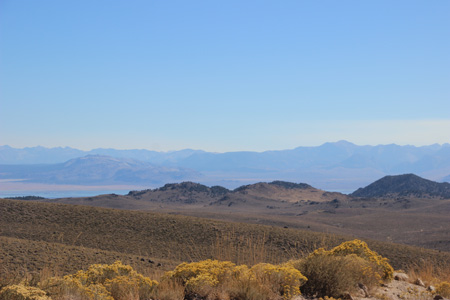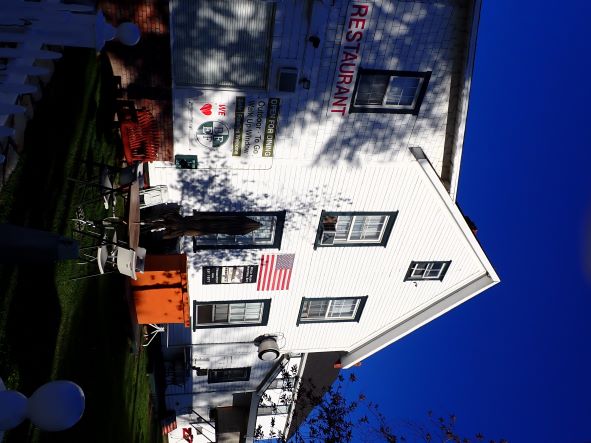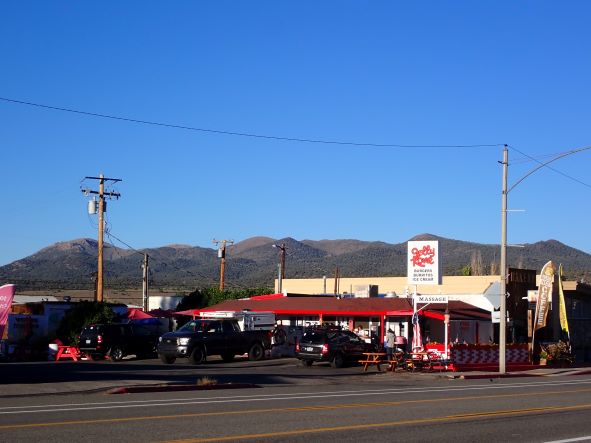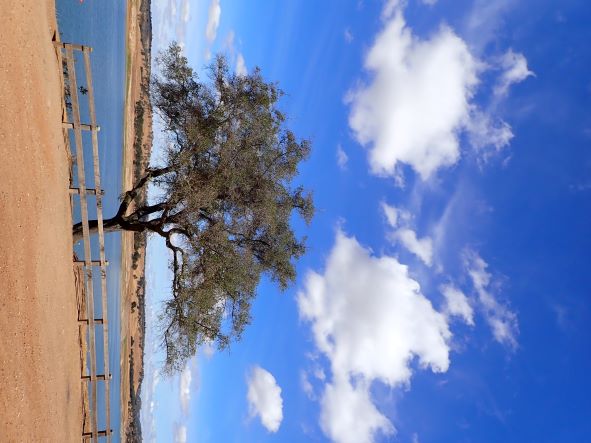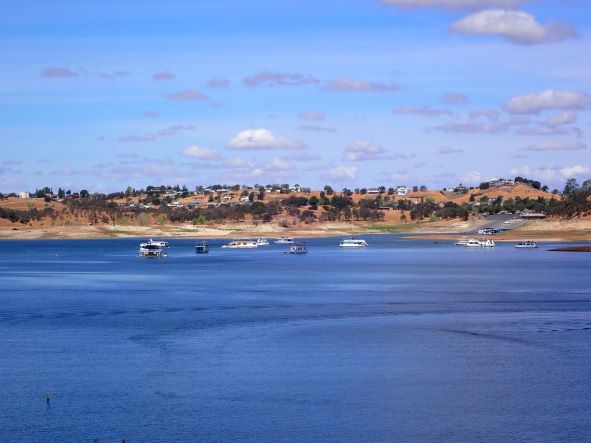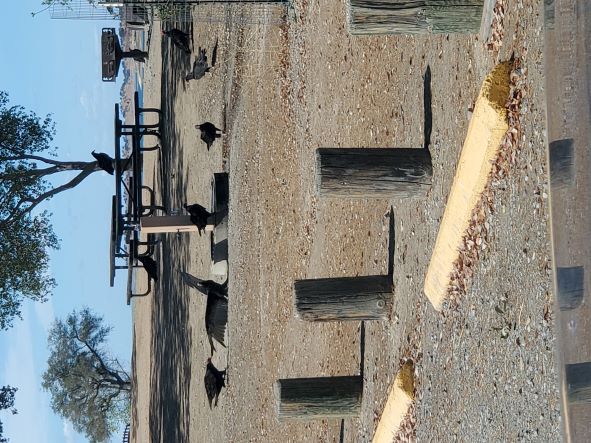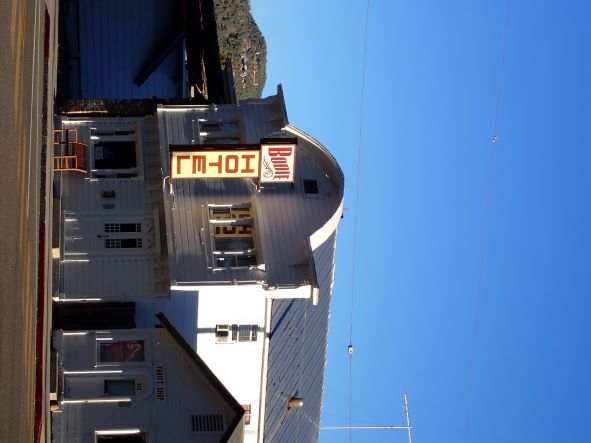I don’t know what is about autumn that makes me nostalgic, but something does. Maybe it’s that my birthday comes shortly before the season, and encourages a reckoning, a taking-stock. Maybe I’ve just bought into all the literary propaganda about this transitional season as a season for reminiscence (and regrets, which will not be included in this post).
Maybe it’s the steady rustle of the dry leaves and the quality of the light, but whatever causes it, in autumn I snag myself in strange fragments of memory.
These past few weeks I’ve been revisited–haunted?–by a shirt I had when I was twelve or thirteen. Made of creamy off-white satin, it had belled sleeves that gathered onto narrow cuffs. Three fake-pearl buttons did up the upright collar. It was smooth, romantic, radiant. I found it while I was helping my mother at a church rummage sale, and she bought it for me for a dime. Or maybe she didn’t even need to buy it. Maybe they just gave it to me.
My memory of the shirt–or more accurately, blouse–is wrong in almost every particular. The color is right. It was faded to a yellowish white because it was nearly twenty years old, probably part of a stylish suit some woman wore in the 1950s, left to fade away in the bottom of a hamper for years. I know the sleeves are right. I’m not sure about the fake pearls. And anyone who’s ever seen photos from the 1970s knows this wasn’t actually a poet’s shirt–they almost always had a froth of lace at the throat, were often yoked, and honestly, most often worn by guys. In fact I’m pretty sure what inspired me to want it was some shirt Romeo or Mercutio wore in the Franco Zeffirelli adaptation of Romeo and Juliet. Or an image of The Who or Led Zeppelin.
But it was a poet shirt to me.
I wasn’t a poet when I wore it, though. I was the rebellious daughter of a noble family, sneaking out under cover of darkness, disguised as a boy, my hair tucked up under a velvet cap, my glamourous swordsman-style shirt covered by a soft black wool vest, my polished noblewoman’s boots and my… well, um, my jeans. In this disguise, riding my trusty, valiant steed, I would rescue helpless peasants from the brutality of the bad nobles, because at twelve I was a sponge who had sucked up every putrid drop of American mid-century imperialism. I could only imagine myself as a member of the power structure, aiding the downtrodden. Nowadays we call this White Savior Complex.
About the “disguise” of my daughter-of-a-noble-family self: the shirt you know. The vest was real. The boots were imaginary. The cap, imaginary. The jeans were jeans. It wasn’t under cover of darkness, but it might have been close to sunset sometimes.
The part of my trusty, valiant steed was played by Tina, a six-year-old quarter horse mix mare who was so flighty she would shy if the wind blew a leaf across the road. Heck, she’d shy if the wind blew, period. She’d shy if a cat looked at her. Sometimes she would shy so badly she’d pirouette like a drunker dancer and try to bolt for home and I would have to rein her in. And sometimes, the air would be still and silent, the cats headed for their hearths, the leaves on their branches, and the world would swell with quiet and peace and she’d shy anyway, just in case something happened later.
Tina was a sweet, affectionate horse, but hardly a valiant steed, is what I’m saying.
But I loved the shirt and the person I could be when I wore it.
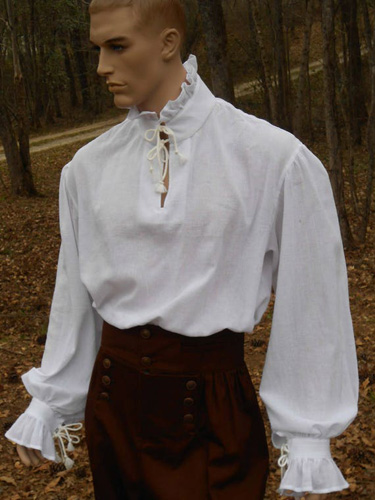
Flash forward more than fifty years, and in the past couple of weeks, the shirt has haunted me. I remember riding in it. I remember feeling good about how I looked in it. (Or how I thought I looked, and these are my memories, so no one can really argue.) I remember how the shirt made me feel.
I don’t usually obsess about clothing. Yes, I’ve been thinking about clothing since the beginning of this month, in a what-am-I-going-to-do-for-Halloween problem-solving mode. And, in odd moments, imagining my poet shirt. I’d seen some on the internet now and then, but they weren’t weren’t my shirt.
Today I went out to do Halloween shopping. While I wasn’t overly successful, at least at first, I was enjoying the beautiful day–the red and golden leaves, the patterns of clouds and blue sky, the smell of the air. After good luck at The Classic Duck in Montgomery Village, I headed for Copperfields, strolling past Chico’s, a clothing store I have never entered, let alone shopped in. Ever.
Hanging on the rack by the window, next to a couple of maroon velour hoodies, was my shirt.
At second glance, it wasn’t quite my shirt. This shirt was white, not cream, with a slight satin sheen. It had a fringe of lace around the collar, and laced up the front. But the sleeves… oh. The sleeves.
I came to three conclusions:
- They wouldn’t have one in my size.
- I couldn’t afford anything in that shop.
- I didn’t need a poet’s shirt.
I went in anyway.
The shirt on the rack was a Size 2. Conclusion Number 1 was correct, or so I thought, but when the sales rep approached me I asked anyway. “Our sizes are a range,” she said. “Our size 2 is about a size 12 in other stores.”
Conclusion Number 1 had just been proven false.
I looked at the tag, and it was a pretty expensive blouse. It was not the most expensive I’ve ever bought, but the ones that were more so were when I was working.
The rep said, “That’s our sale rack and everything left on it is 40% off.”
Conclusion Number 2: False.
She said, “And if we put you on our mailing list today you get another ten percent off.”
Conclusion Number 3 still stood. I didn’t need a poet’s shirt. It’s white– this functionally means no eating, ever, when I wear it. It’s just not practical. I mean, I could wear it to hand out candy, one day a year. Maybe.
Did I buy it?
As I said, in the first paragraph, this is not a post about regrets.
Yes, I will wear it with my steampunk Halloween costume and my face covering to hand out candy to this year’s trick-or-treaters. And maybe I’ll just wear it while I’m writing. I no longer think I’m a daughter of the elite, racing about on my heroic steed, but I can give some time to that little girl who wanted to make things better for everyone.


